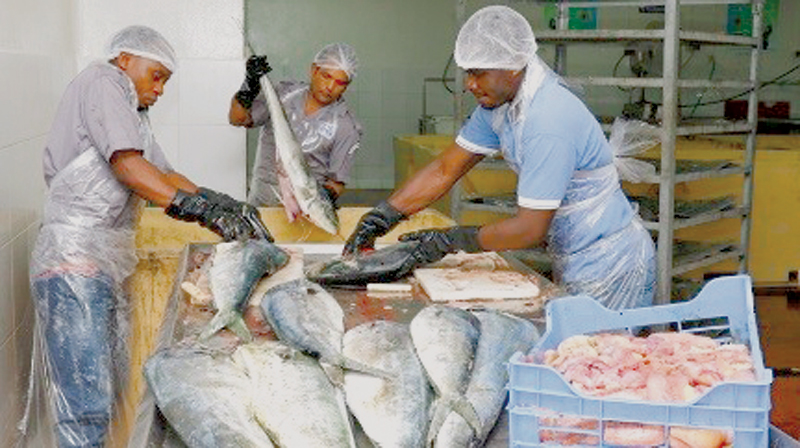

MUSCAT, JULY 6 - Fisheries exports from the Sultanate soared to unprecedented highs in 2018, underscoring the success of the government’s strategy to develop this key sector. Figures gleaned from the newly published Fisheries Statistics 2018 — a report issued by the Ministry of Agriculture and Fisheries — indicate that around 245,000 tonnes of various species and types of fish were shipped to markets overseas last year. It represented around 44 per cent of Oman’s total production of 553,000 tonnes last year, which in turn was higher by a staggering 59 per cent over corresponding figures for 2016, the report stated.
As expected, the artisanal fisheries sector accounted for the bulk of fish production last year, with 548,672 tonnes, an increase of 60 per cent in comparison with 2017 figures. In value terms, this output was estimated at RO 264 million, representing a 17 per cent increase over corresponding figures for 2017. The increase in production stems largely from a strong uptick in the size of the sardine catch. Sardine is available throughout the year, and is increasingly targeted by fishermen and fishing companies for processing into fishmeal, fish oil and other uses.
Al Wusta Governorate was ranked first in artisanal fishery with 37 per cent of the total catch in 2018, followed by South al Sharqiya (28 per cent), Al Batinah North and South (12 per cent) and Dhofar (12 per cent), Musandam (6 per cent) and Muscat (5 per cent). Small pelagic fish made up 62 per cent of the total output of the artisanal fisheries sector. On the other hand, large pelagic fish production accounting for 18 per cent of the share, Demersal fish species contributing 14 per cent and crustaceans 3 per cent.
Yellowfin tuna came in first place in the production rate in 2018 with 177 tonnes, followed by the tuna types of fish in the Indian ocean with 31 per cent; (127 tonnes), while the oilfish came in the third place by 15 per cent. The Yellowfin tuna fish catch grew 47 per cent to 28,601 tonnes by artisanal fishermen last year. Exports were however limited to 2,236 tonnes due to decisions regulating fish exports. The harvest of long tail tuna fish declined by 20 per cent to 16,611 tonnes last year. Of this total, only 33 tonnes were exported. However, despite the decline in 2018, the general indicators show that the production of this type of fish increased from 1990 to 2018.
Kawakawa fish production jumped 22 per cent to 9,501 tonnes valued at RO 6.8 million. Around 5,592 tonnes of this species were consumed domestically. Frigate tuna volumes doubled in 2018 to 1184 tons in 2018, with only 42 tonnes of it exported. Kingfish production reached 2,601 tonnes in 2018 of a value of RO 7 million. Production declined 7 per cent compared to 2017. The vast proportion of kingfish was consumed locally. Industrial fisheries contributed a mere 413 tonnes last year, representing a meagre 0.1 per cent of the total.
The decrease is attributed to two main reasons: suspension of small fishing vessels since 2011 and the decrease in the number of long-line fishing vessels that are operating over the past four years (2015-2018). It is worth mentioning that the contribution from industrial fisheries came from a solitary operating ship in 2018.
Oman Observer is now on the WhatsApp channel. Click here



